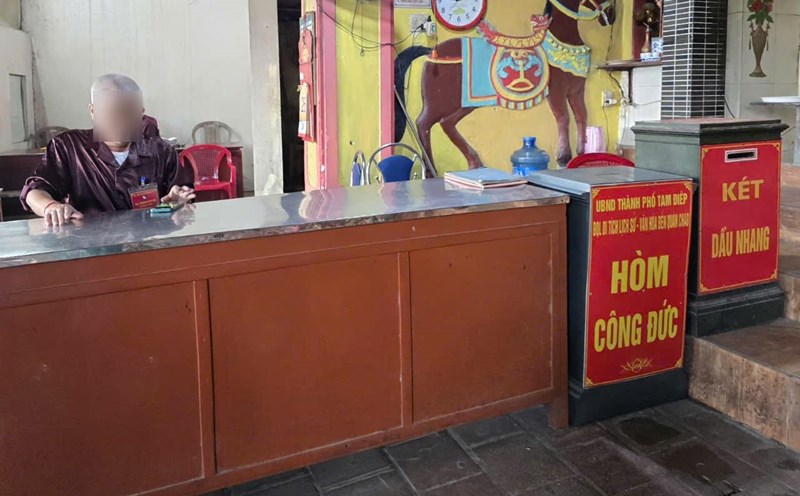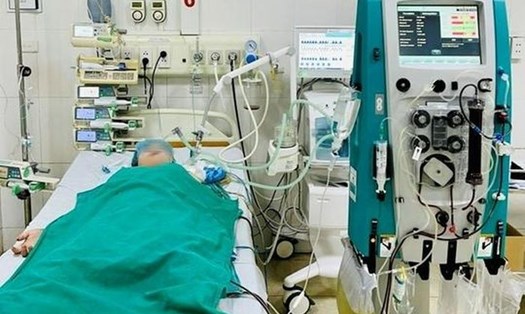According to Associate Professor Dr. Do Duy Cuong, Whitmore is a dangerous acute infectious disease caused by Burkholderia pseudomallei bacteria . This bacteria is present in soil and the main route of infection is through damaged skin contact with contaminated soil or inhalation of soil dust particles containing this bacteria.
The disease was discovered in Vietnam in the 1950s and circulated sporadically in some southern provinces. Recently, reported cases have tended to increase. The peak of cases often occurs during the rainy season, concentrated from September to November.
The disease has very diverse clinical manifestations (including fever, with types such as fever or fever with chills, prolonged fever, respiratory failure, skin ulcers, urinary tract infections, pneumonia, liver abscesses , spleen, sepsis, multi-organ failure...).
The disease is difficult to diagnose and has a high mortality rate, possibly up to 40% due to complications of severe pneumonia, sepsis and septic shock. People with underlying diseases (diabetes, chronic liver, kidney, lung disease, immunodeficiency...) are at higher risk of getting the disease. Diagnosis is confirmed by blood culture and abscess fluid to identify Whitmore bacteria. Long-term treatment with specific antibiotics Ceftazidime or Carbapenem intravenously, with an attack period of 2-4 weeks, followed by a maintenance phase with Biseptol lasting 3-6 months.
Whitmore disease is not transmitted from person to person. There is currently no vaccine to prevent the disease. The main disease prevention measures are to ensure personal hygiene, environmental hygiene, and use labor protection when working in contact with contaminated soil, mud, water, or in an unsanitary environment. , clean and disinfect contaminated skin tears, scratches or burns and eat and drink cooked food...
To proactively prevent Whitmore disease, experts recommend that people take the following measures:
- Limit direct contact with dirty soil and water, especially in heavily polluted areas. Do not bathe, swim, or dive in ponds, lakes, and rivers at/near polluted areas.
- Use labor protection equipment (shoes, boots, gloves...) for people who often work outdoors and come into contact with soil, mud and dirty water.
- Ensure personal hygiene, regularly wash hands with soap and clean water, especially before and after preparing food, before eating, after going to the toilet, and after working in the fields.
- Eat cooked food and drink cooked food, ensuring food hygiene and safety; Do not slaughter or eat sick or dead animals, livestock or poultry.
- When there are open wounds, ulcers or burns, avoid contact with potentially contaminated soil or water. If contact is necessary, use a waterproof bandage and it should be washed to ensure hygiene.
- People with diabetes, chronic liver, kidney, or lung disease, or immunodeficiency need to be cared for and protected to prevent infection.
- When suspected of being infected, go to a medical facility for advice, examination, detection and timely treatment.











